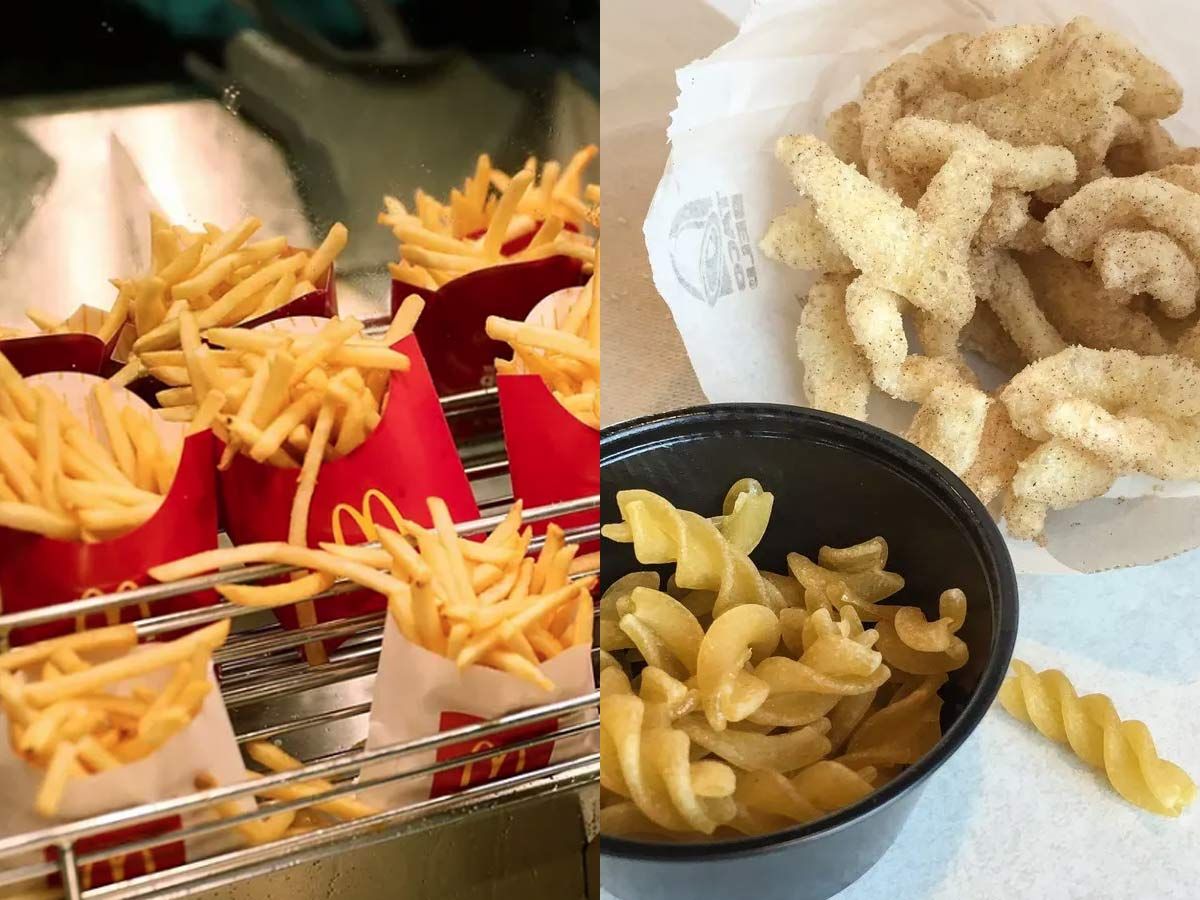Despite knowing that we shouldn't believe everything we read online, we sometimes find it's easy not to double-check those little fun facts we see all over the internet — especially food rumors that sound bizarre enough to be true. Some of them are patently false, while others were probably started by folks with incomplete information and too much time on their hands.
If any of these duped you, we're not judging. Alternatively, if you still see them circulating, feel free to call out the poster with the full and weighty authority imparted to you by reading this article. Without further ado, here are some food myths that fooled the internet a time or two.
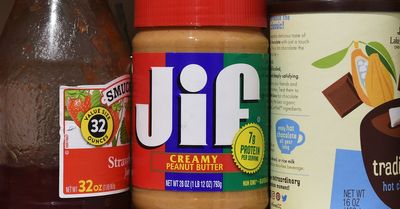
Could peanut butter be used to diagnose Alzheimer’s? Possibly. Can you use it for a home test? Not really. One early study in the Journal of the Neurological Sciences sought to demonstrate using peanut butter to detect Alzheimer's.
Supposedly, the study determined that patients who had Alzheimer's had a reduced ability to smell (using peanut butter) in their left nostrils compared to their right. However, it's important to note that the study was too small to be conclusive, and later attempts to recreate it failed.
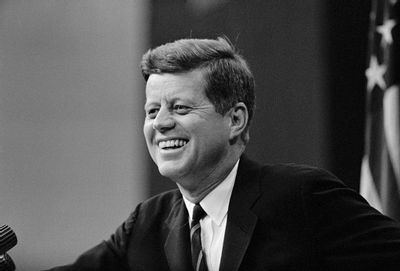
When JFK was in Berlin in 1963, he gave a speech describing himself as a “Berliner.” A rumor began that since people from Berlin don’t often refer to themselves that way, it sounded like he was talking about the jelly-filled pastry known in Germany as a “Berliner.”
However, the speech was co-written and proofread by several Berlin natives, and contextually, we’re told that it made perfect sense.
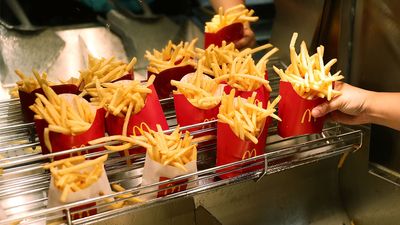
A big reason we're marking this rumor partially true is because “acrilane” is not real. The inventor of this myth was probably referring to acrylamide — an organic compound that does form naturally in potatoes at high temperatures.
In very high doses acrylamide could potentially be dangerous to humans, but it’s far more dangerous in cigarettes than french fries, mostly because the average person isn't eating french fries as much as smoking a cigarette.
Furthermore, it’s certainly not unique to McDonald’s because it's also found in fries at Burger King, Checkers, Chick-fil-A, KFC, Sonic, Wendy's and other restaurants.
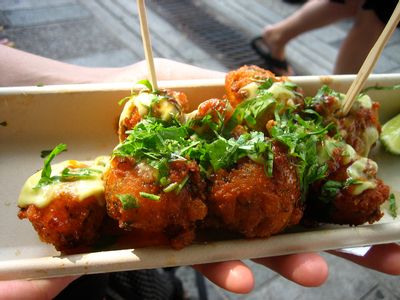
A common myth is that they were called "hushpuppies" by slaves escaping to freedom in the U.S. The claim we saw said the fried bread was used to distract or "hush-up" tracking dogs. Although fried cornmeal was a common dish in antebellum America, there’s no evidence that the name was in use before the early 20th century.
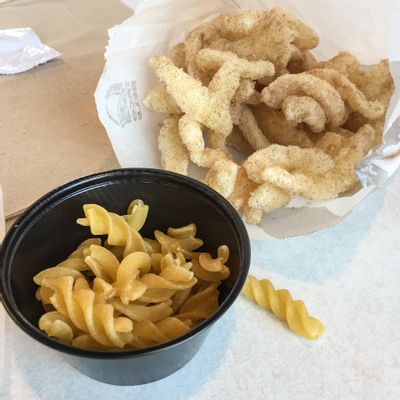
The Cinnamon Twists you get at Taco Bell are a variation on a Mexican snack food called duros — and the dough that you buy to make them is called “pasta para duros.” The Twists might look like rotini, but “pasta” here just means paste.
